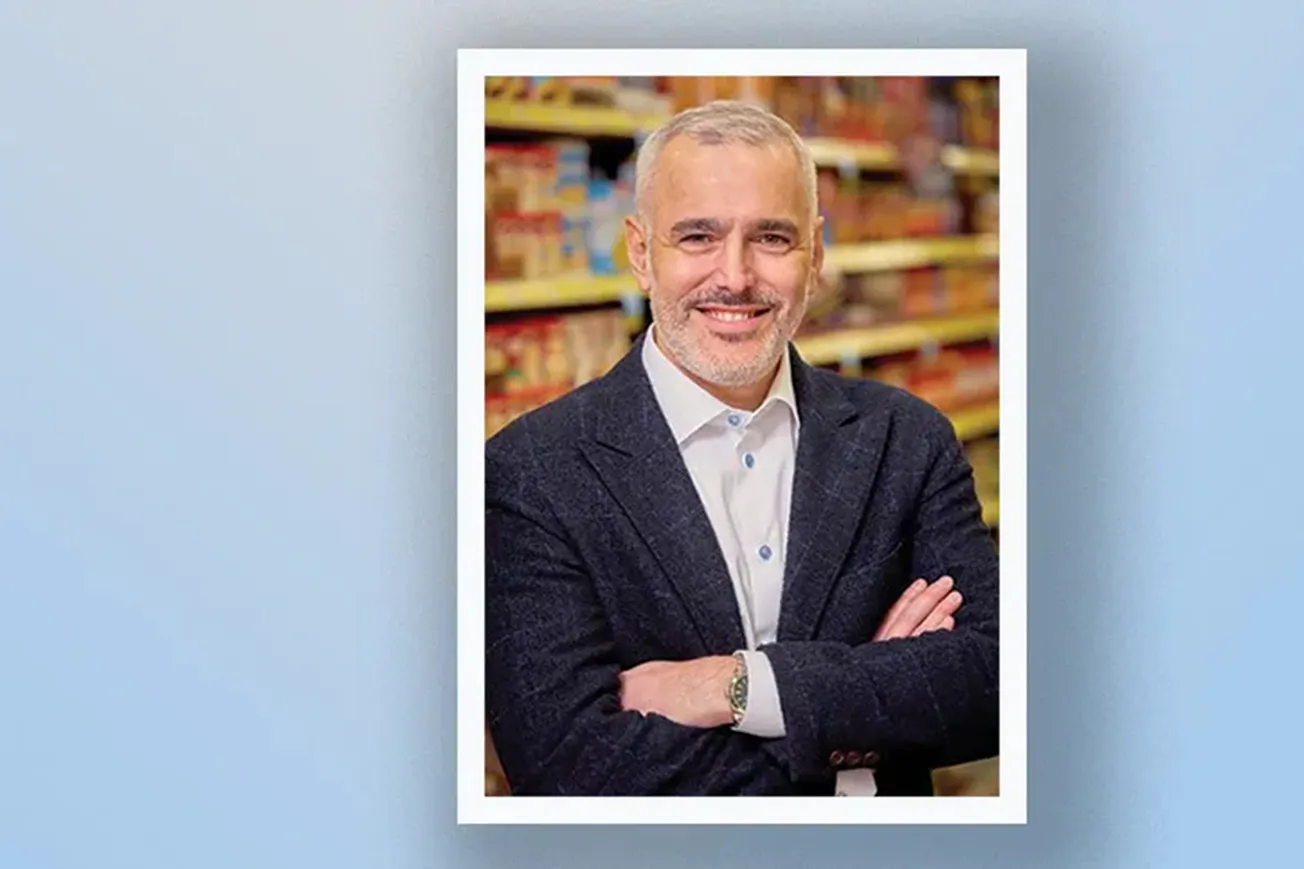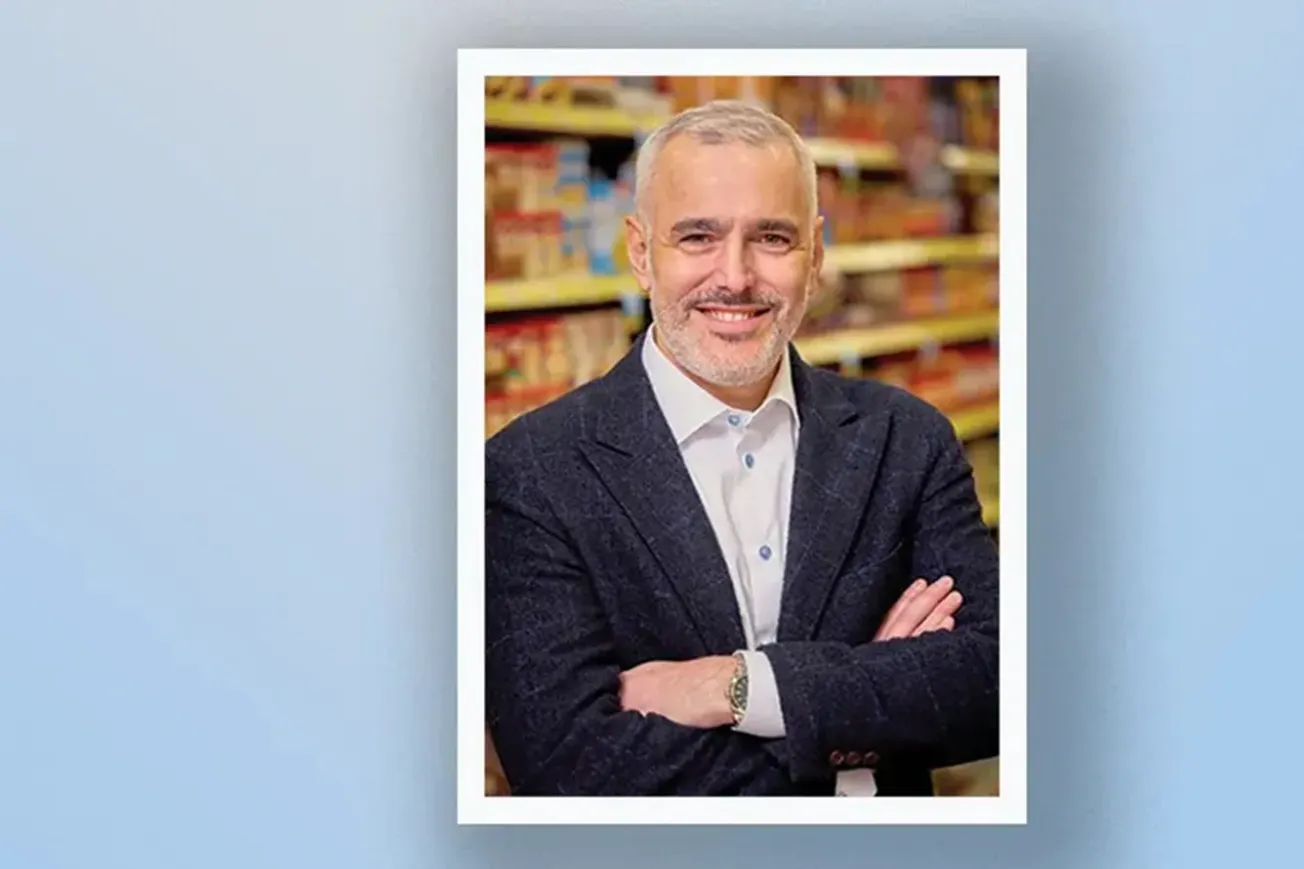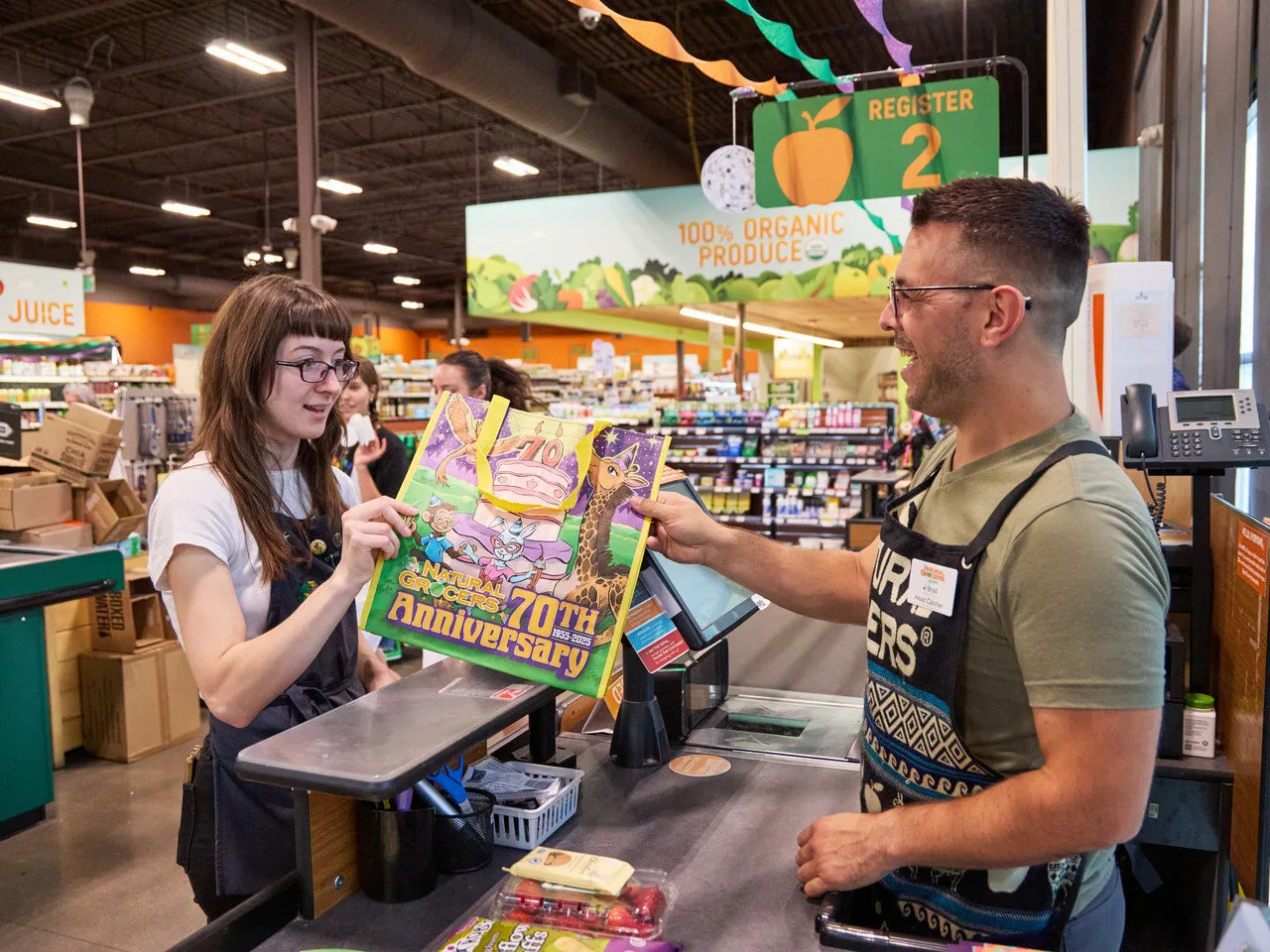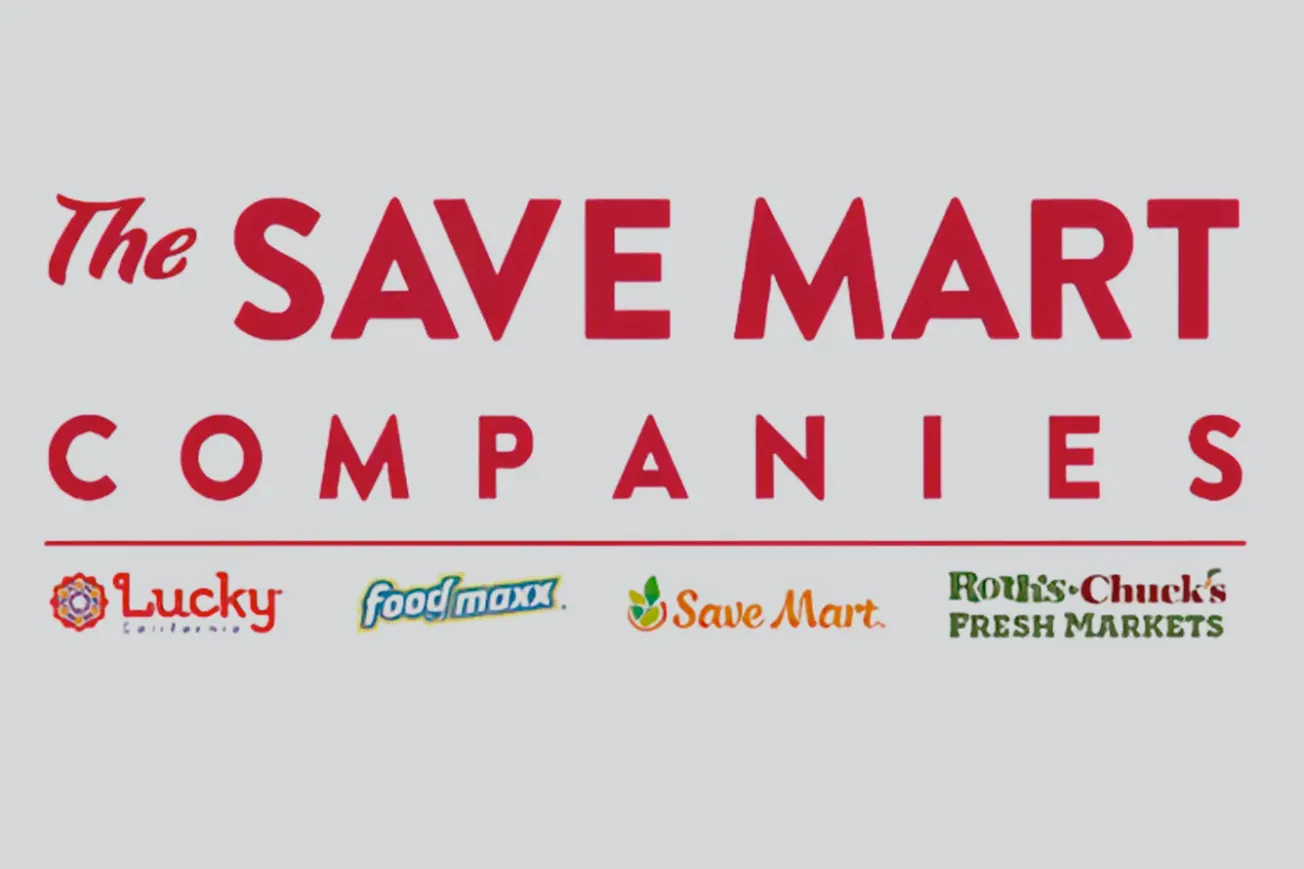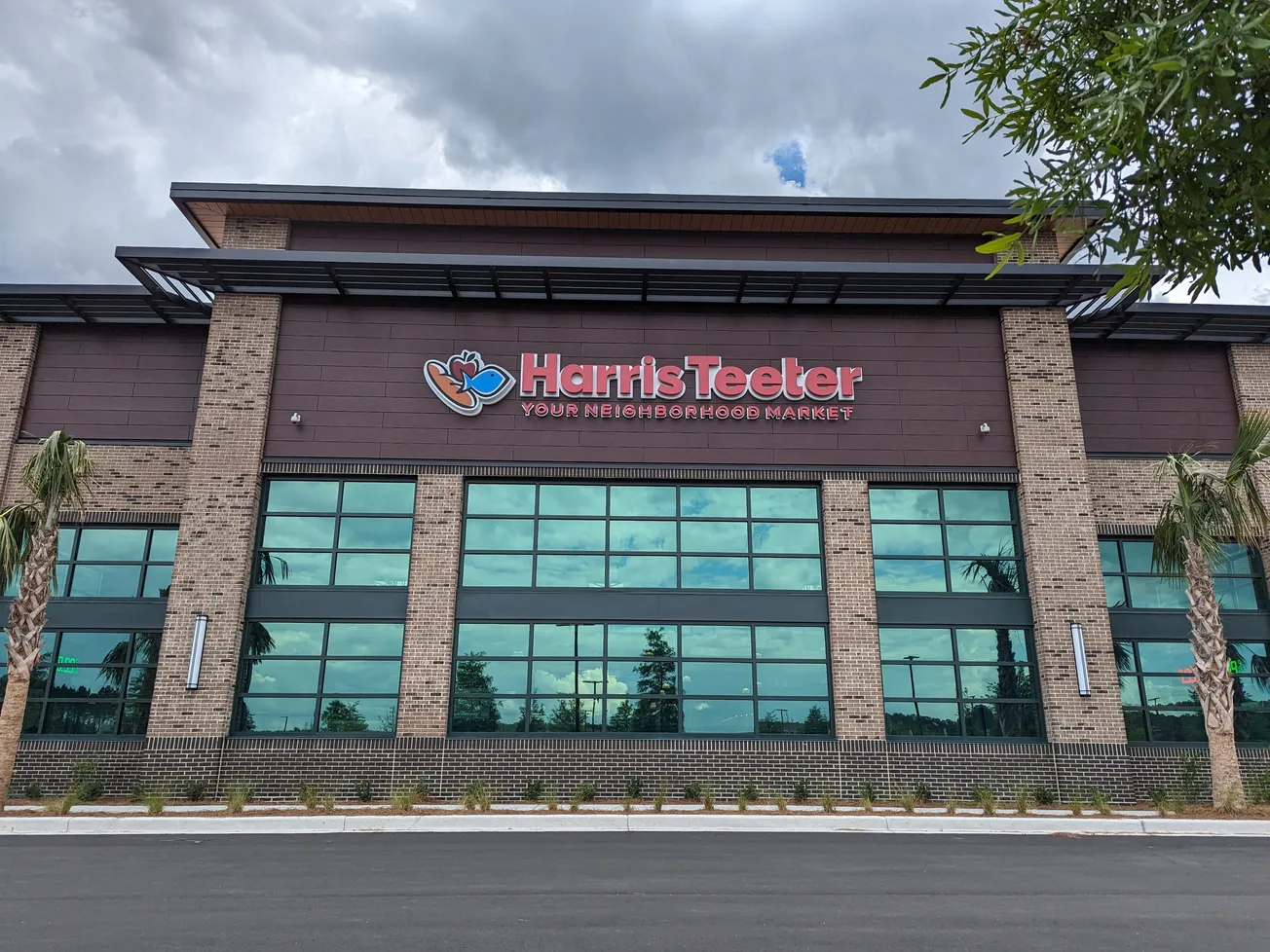Rinse and repeat — standard practice in drug retail — except it no longer works in today’s complex, rapidly changing landscape. If you’re putting too many eggs in the high-low BOGO basket, you may want to reconsider.
Numerous headwinds have put pressure on sales and margins. Shifts in consumer habits and preferences, economic strains, labor shortages, online pharmacy disruptors and pharmacy reimbursement rates are all impacting. To add another wrinkle, this year’s cough/cold season significantly affected trips and basket sizes. Retailers remain squarely focused on pharmacy, impacting front-end efficiencies and resulting in store closures, less frequent planogram updates and SKU rationalization.
It can be a difficult channel to navigate and win, but it’s worth the effort. Despite the challenges, drug offers 15,000 points of distribution and a consumer base that enjoys the trust, convenience, education and experience that shoppers want. Advanced loyalty programs keep these consumers returning, and there’s a growing focus on health, wellness and proactive self-care driving personal care and beauty offerings.
Ignoring this channel is a mistake. With the right insights and experience, you can succeed here. But you’ve got to discard the autopilot approach. We recently worked with a personal care brand that did just that. They were aiming to expand distribution and support a major launch at a top pharmacy chain, but they were highly concerned about retailer costs. By leveraging a deep understanding of the retailer’s priorities, we successfully engaged its merchandising team and secured a win-win go-to-market plan that also addressed the supplier’s concerns. The result? A significant multi-category launch display driving awareness at point of sale, followed by planogram execution of 31 SKUs and later expansion to 53 SKUs in year two.
Ready to evolve your strategy to grab your fair share in drug retail? Remember:
One size does not fit all. Each retailer has unique strategies and consumer bases. Understand each retailer’s objectives and strategies, consumer base, shopper behaviors and preferences, and P&Ls to create tailored strategies. What is their brand story? How are they driving brand awareness and connecting with their consumer? What are their needs?
Embrace the drug digital evolution. CVS and Walgreens are leading the way in embracing digital transformation, integrating digital tools to create new consumer touchpoints and streamline operations. It’s all about creating an enhanced, seamless consumer experience while capturing valuable data. If you’re not leveraging data analytics to personalize customer interactions and improve loyalty programs, you’re already behind the curve.
Take advantage of the health and wellness focus. In recent years, Walgreens evolved its in-store beauty advisors to health and beauty advisors, reflecting a broader trend towards holistic health and wellness. CVS, too, has expanded its health and wellness offerings as a full-spectrum health service provider. Think, how can you better align current products and new innovation with their vision as health and wellness retailers?
Partner for win-wins. Collaborate with your retail merchants and category managers to win together by capitalizing on directional trends. Develop multiyear joint business plans that direct investments to deliver optimal ROI, tapping into white space while driving brand awareness and demand. Remember, many merchants are new to their roles and appreciate supplier proactivity and leadership. Brands that can help the retailer differentiate, provide meaningful shopper insights and innovation incremental to the basket, and keep consumers returning will win.
Be agile and ready to respond to market changes and competitors’ strategies. This might mean shifting resources quickly or adopting new technologies on the fly. Or it might mean considering a retailer you’d already counted out. Take Rite Aid, for example. With over 1,000 stores still in operation, it’s on the road back and looking to differentiate to win back consumers. Are there unique opportunities here for your new product and promotional strategies for mutual benefit?
Abandon old promotional strategies that no longer resonate. Rethink your funding allocation, shift from nonproductive programs, and develop a more aggressive promotional strategy that drives traffic and sales. Increase focus on inventory levels to understand the impacts on promotions and category profitability. I can’t stress how important it is to ensure you’ve got the right levels of inventory to support any significant promotion.
Points of distribution versus points of sale. Inventory turns are king here. Yet, businesses of different sizes and stages may need different strategies. Pinpointing and navigating the right path is very important to success in this channel, as missteps make it very expensive. What’s right for your brand in this space?
Many brands still have their proverbial head in the sand, missing the target as they recycle the same tactics year after year. Remember the old saying? Insanity is doing the same thing over and over again and expecting different results. It’s time to get the right people in the room and revisit your drug channel strategy.
Jason Reiser is president of Market Performance Group, marketperformancegroup.com.


